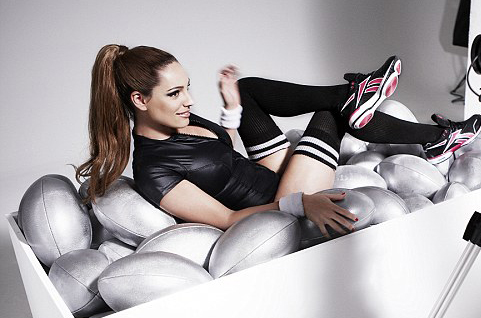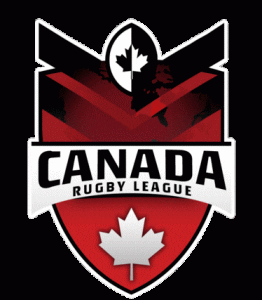

Cody Kuxmann is a Referee at the London Society Of Rugby Football Union Referees, while studying International Relations at Richmond, The American International University in London. He lives in Richmond Upon Thames but hails from Green Bay, Wisconsin. Today, he considers Rugby League vs Rugby Union.

TORONTO, CANADA – It’s now official that yours humbly is an international official… At least after this Saturday. That’s when I will be taking charge of a Rugby League game – and not just any Rugby League game – a real exciting one: Canada vs Jamaica. So, let’s look at the differences of refereeing Rugby League vs Rugby Union.
I’ve always looked at League as a supplemental sport for Union that is played in the summer and gives us referees a way to maintain our focus, work on fitness and… have a great time. However, after a while a light went off and it became abundantly clear: Rugby League is more than just a sport to supplement as a referee… it’s an opportunity to develop.
The biggest thing in refereeing a Rugby League game – as compared to a Rugby Union game – is that the game is obviously two completely different sports. It’s important as a referee to realize what does and does not crossover between the two sports. There are certain things that will always be the same but it’s the determining of what does or doesn’t cross over that is the key.
 The biggest difference between League and Union would be the development of the tackle situation. When refereeing Union, there is a set process that happens:
The biggest difference between League and Union would be the development of the tackle situation. When refereeing Union, there is a set process that happens:
1) Tackler release
2) Tacklee release
3) Players arrive on feet and through gate.
In the League tackle sequence there is no ruck, no maul… there is just a tackle. It is crucial to execute this aspect correctly because it is the breaking point of the game; one small error here could be the difference between a try or a turnover.
The scrum is also a major point of contention within the Union game… Granted, the ball doesn’t go in straight, but that’s an accepted tactic/violation… Yet, here teams are allowed to compete for the ball. While technically in League it is the same, there is much less competition simply because feeding is allowed and the ball is in and out. There is no “hit” that is seen in the union game.

There are, however, many similarities within the games – the mentality needed for managing the game is very similar. And managing players is still the same, regardless of the sport you referee. You need to be able to have enough control of a match, yet allow for the players to have complete control over the outcome of the game. In either League or Union, the desired outcome is a fluid flowing game. That’s my aim.
Next week, I’ll be reviewing my first full international! Stay tuned…

